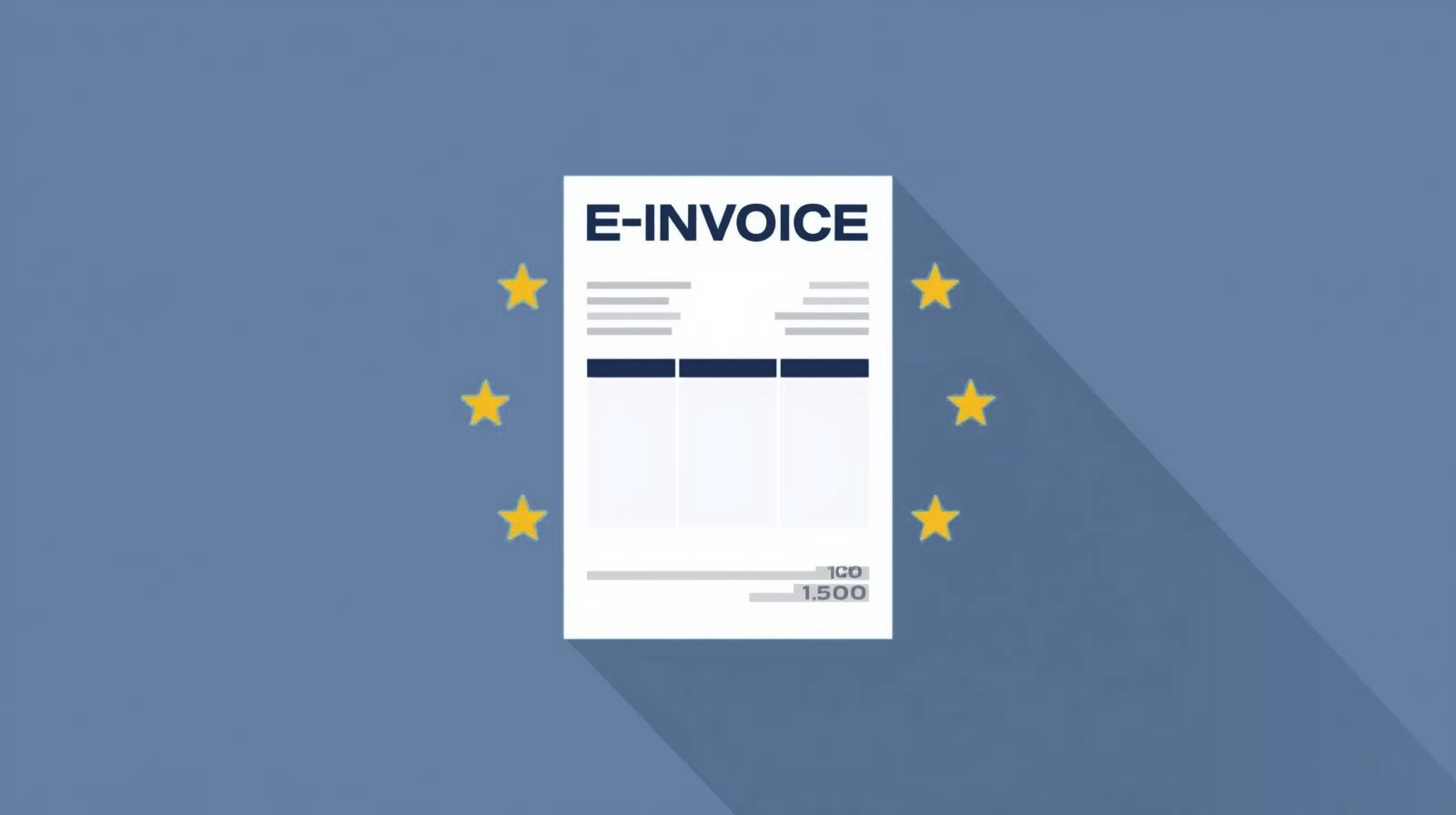Revenue comprises all income that a company generates from the sale of goods or services within a certain period of time. In SAP Business One, turnover is an element of the sales processes and financial accounting.

Detailed explanation/description:
In accordance with Section 277 (1) HGB, turnover describes the revenue from the sale, rental and leasing of products or services less sales deductions such as discounts, Discounts and value added tax. Revenue does not include income from the sale of fixed assets, interest income or insurance commissions.
Types of sales calculation:
- Volume sales: Sales volume
- Turnover by value: Sales volume × sales price
- Net vs. gross sales: Net without sales tax (standard in SAP Business One)
Sales in SAP Business One:
- Capture: Primarily via the outgoing invoice - this posts the turnover to the revenue account and a receivable to the debtor account.
- Sales process: Consists of quotation → sales order → delivery → outgoing invoice. The outgoing invoice can summarise all previous steps.
- Pricing: Based on price lists, special prices, Framework agreements or time/quantity-related discounts.
- Types of sales documents: Article (with stock posting) and service (free account selection).
Other sales-related processes:
- gross profit: Sales - material costs; is calculated and analysed in the sales document.
- Commissions: Calculable and analysable per sales employee based on sales.
- deposits: Revenue-relevant postings are only made when the final invoice is issued.
- Returns & credit notes: Correct sales through quantity and/or value postings.
- Tax invoices: Serves to document sales for tax purposes, without own posting.
- Statistical evidence: Import of historical sales from previous systems for internal evaluation.
Sales analysis reports:
- Sales analysis report: View by customer, article, sales employee
- Gross profit reports: Detailed analyses of margin development
- Open customer orders: Preview of expected sales
- P&L report: Sales as a key indicator of the earnings position
Value added tax and declaration:
- Generally subject to VAT (exception: small business regulation)
- Cryptocurrencies are not subject to VAT under certain conditions (Section 4 No. 8 UStG)
Key figures related to sales:
- Return on sales: Profit / turnover × 100
- Cumulative sales revenue: Total revenue over a defined period
Key features/important aspects:
- Key figure in the balance sheet and P&L
- Automated postings for invoicing
- Direct reference to pricing strategy and customer relationship
Advantages/benefits (optional):
- Basis for revenue and success analysis
- Indispensable for pricing strategy, budgeting and reporting
Versino Financial Suite
Sales in SAP Business One are completely transferred from the sales processes to financial accounting. The Versino Financial Suite complements these processes with intelligent automation, evaluation tools and international reporting requirements - ideal for companies with growing complexity and demanding financial requirements.
Best practices/instructions for use (optional):
- Regular sales analyses to identify trends and margins
- Use of correct revenue accounts depending on the item or service type
Target group:
Financial accountant, sales management, controlling, management

Verifactu in Spain: the new invoicing obligation

The e-invoicing regulations in Europe

Versino Financial Suite V09.2025 for SAP Business One

Accounting outsourcing: Why it pays off for SMEs

CANDIS for SAP Business One
